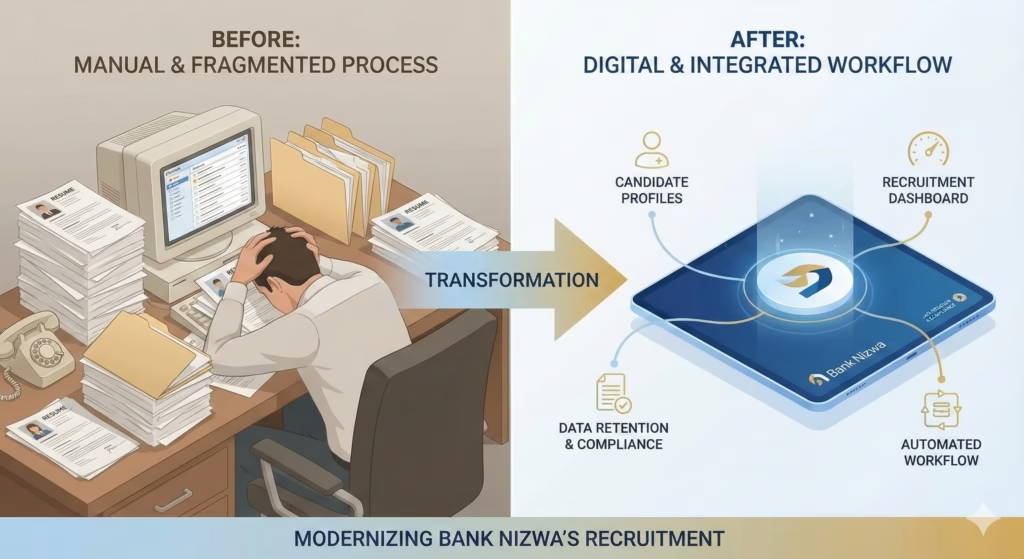When companies talk about reducing costs, it often raises a worry — “Will quality suffer?” But modern procurement turns that fear upside down. Today, smart procurement isn’t about cutting corners; it’s about using intelligent tools and automation to make purchasing faster, smarter, and more cost-effective — without compromising quality.
The Shift from Manual to Smart Procurement
Traditional procurement involved piles of paperwork, long email threads, and weeks of waiting for approvals. Each delay added hidden costs — in both time and productivity. Smart procurement, powered by automation and data-driven insights, eliminates these inefficiencies. With a few clicks, businesses can compare vendor quotes, approve purchase orders, and monitor supplier performance in real time.
Automated Vendor Management: Saving Time and Reducing Risk
One of the biggest game changers is automated vendor management. Instead of juggling spreadsheets and phone calls, businesses can maintain a centralized digital platform where supplier information, contracts, and performance data are stored and updated automatically.
This brings several advantages:
Faster vendor onboarding – no waiting weeks for document verification.
Better visibility – every purchase, payment, and delivery is tracked in one place.
Fewer errors – automation minimizes manual mistakes in pricing or compliance.
As a result, teams spend less time managing suppliers and more time making strategic decisions — leading to faster turnaround and reduced operational costs.
Faster Procurement Cycles Mean Bigger ROI
Every delay in procurement means a delay in project delivery. Smart procurement systems streamline the entire cycle, from requisition to payment, cutting approval times drastically.
For example, what once took weeks can now be done in hours using automated approval workflows. These faster cycles translate directly into cost savings and quicker returns on investment.
Data-Driven Insights: Making Smarter Decisions
Modern procurement tools also provide real-time analytics. Businesses can identify spending patterns, spot overpriced suppliers, and negotiate better deals based on performance data. Instead of reactive buying, companies move toward strategic sourcing, where every purchase adds measurable value.
Bottom Line
Smart procurement doesn’t mean doing less — it means doing better. By automating vendor management and speeding up procurement cycles, businesses achieve higher ROI, lower costs, and stronger supplier relationships. In short, it’s not about cutting corners — it’s about cutting waste and boosting efficiency.





